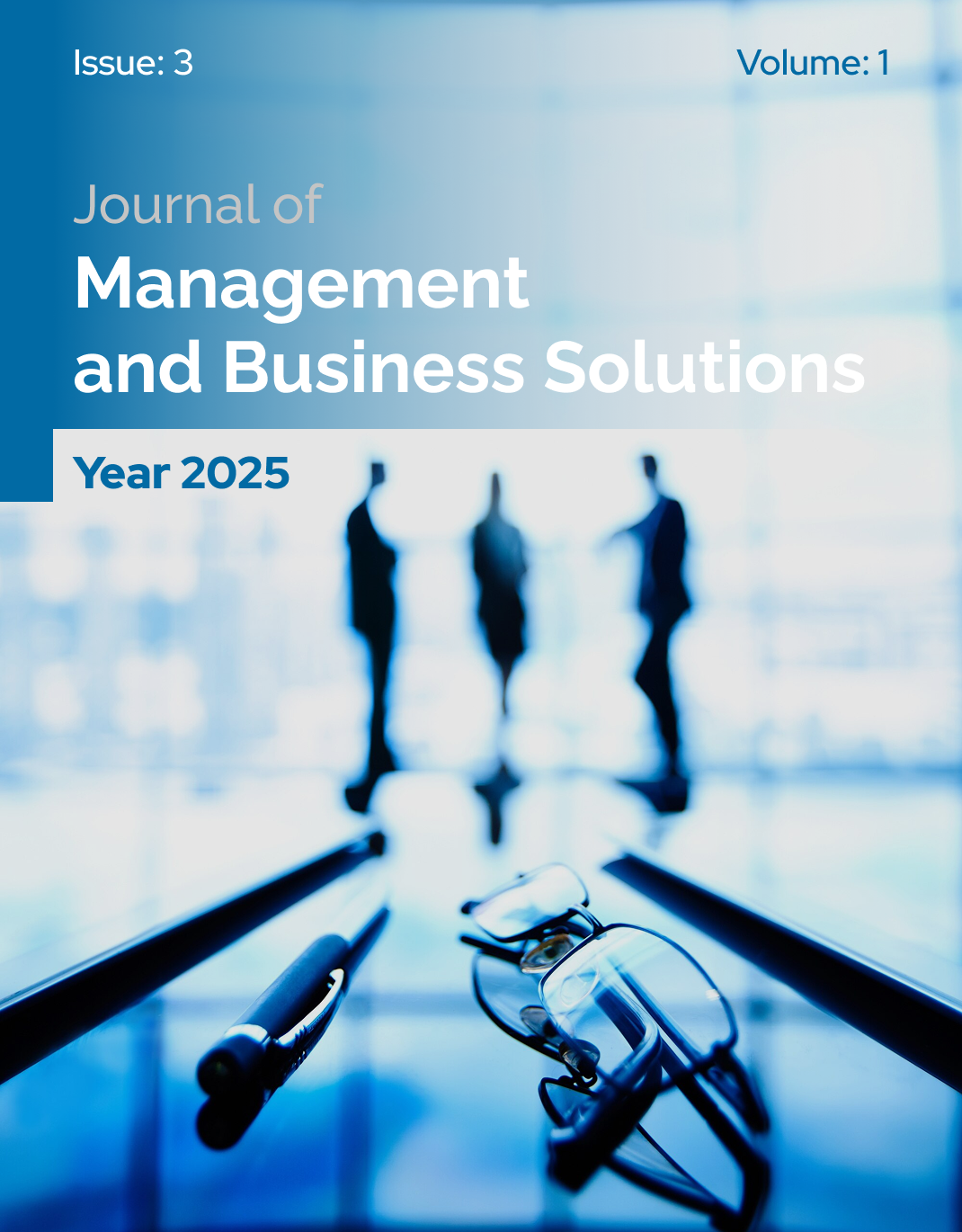Women in Leadership: Lived Experiences of Gendered Challenges in Corporate Management
Keywords:
Women in leadership, gendered challenges, corporate management, lived experiences, Armenia, qualitative research, resilience strategiesAbstract
The purpose of this study was to explore the lived experiences of women in corporate leadership in Armenia, with a focus on identifying gendered challenges and examining the coping strategies employed to navigate these barriers. A qualitative phenomenological design was employed to capture the subjective meanings and professional realities of women leaders. Seventeen participants holding senior or mid-level management positions in corporate organizations across Armenia were recruited through purposive sampling. Data were collected via in-depth semi-structured interviews, each lasting 60–90 minutes, until theoretical saturation was reached. All interviews were audio-recorded, transcribed verbatim, and analyzed using inductive thematic analysis with the assistance of NVivo 14 software. Credibility was ensured through reflexivity, peer debriefing, and maintenance of an audit trail. Three overarching themes emerged from the analysis. First, structural and organizational barriers included the glass ceiling, biased evaluations, pay disparities, and male-dominated cultures that excluded women from decision-making networks. Second, interpersonal and social challenges reflected gender stereotyping, discrimination, microaggressions, and the influence of cultural norms that reinforced traditional gender roles. Third, coping strategies and resilience demonstrated how women leaders responded through building professional networks, developing authentic leadership identities, strategic career management, advocacy, and leveraging digital platforms. Illustrative quotations highlighted both the persistence of systemic barriers and women’s resourceful navigation of these challenges. The findings underscore that women leaders in Armenia’s corporate sector continue to face entrenched gender inequalities at structural, interpersonal, and cultural levels. However, their strategies of resilience and adaptation reveal significant agency and potential for transformative change. These insights call for organizational reforms, mentorship structures, and inclusive policies to dismantle systemic barriers and foster equitable leadership pathways.
Downloads
References
Acker, J. (2009). From glass ceiling to inequality regimes. Sociological Theory, 27(2), 197–212. https://doi.org/10.1111/j.1467-9558.2009.01345.x
Blair-Loy, M. (2003). Competing devotions: Career and family among women executives. Harvard University Press.
Blau, F. D., & Kahn, L. M. (2017). The gender wage gap: Extent, trends, and explanations. Journal of Economic Literature, 55(3), 789–865. https://doi.org/10.1257/jel.20160995
Catalyst. (2020). Why diversity and inclusion matter: Quick takes. Catalyst.
Cotter, D. A., Hermsen, J. M., Ovadia, S., & Vanneman, R. (2001). The glass ceiling effect. Social Forces, 80(2), 655–681. https://doi.org/10.1353/sof.2001.0091
Creswell, J. W., & Poth, C. N. (2018). Qualitative inquiry and research design: Choosing among five approaches (4th ed.). SAGE Publications.
Diehl, A. B., & Dzubinski, L. M. (2016). Making the invisible visible: A cross-sector analysis of gender-based leadership barriers. Human Resource Development Quarterly, 27(2), 181–206. https://doi.org/10.1002/hrdq.21248
Eagly, A. H., & Carli, L. L. (2007). Through the labyrinth: The truth about how women become leaders. Harvard Business Review Press.
Ely, R. J., Ibarra, H., & Kolb, D. M. (2011). Taking gender into account: Theory and design for women’s leadership development programs. Academy of Management Learning & Education, 10(3), 474–493. https://doi.org/10.5465/amle.2010.0046
Greenhaus, J. H., & Beutell, N. J. (1985). Sources of conflict between work and family roles. Academy of Management Review, 10(1), 76–88. https://doi.org/10.2307/258214
Hoobler, J. M., Lemmon, G., & Wayne, S. J. (2011). Women’s managerial aspirations: An organizational development perspective. Journal of Management, 37(3), 641–668. https://doi.org/10.1177/0149206310368766
Ibarra, H., Carter, N. M., & Silva, C. (2010). Why men still get more promotions than women. Harvard Business Review, 88(9), 80–85.
Inglehart, R., & Norris, P. (2003). Rising tide: Gender equality and cultural change around the world. Cambridge University Press.
Kanter, R. M. (1977). Men and women of the corporation. Basic Books.
Morrison, A. M., White, R. P., & Van Velsor, E. (1992). Breaking the glass ceiling: Can women reach the top of America's largest corporations? Addison-Wesley.
Ridgeway, C. L. (2011). Framed by gender: How gender inequality persists in the modern world. Oxford University Press.
Rudman, L. A., & Glick, P. (2001). Prescriptive gender stereotypes and backlash toward agentic women. Journal of Social Issues, 57(4), 743–762. https://doi.org/10.1111/0022-4537.00239
Downloads
Published
Submitted
Revised
Accepted
Issue
Section
License

This work is licensed under a Creative Commons Attribution-NonCommercial 4.0 International License.

